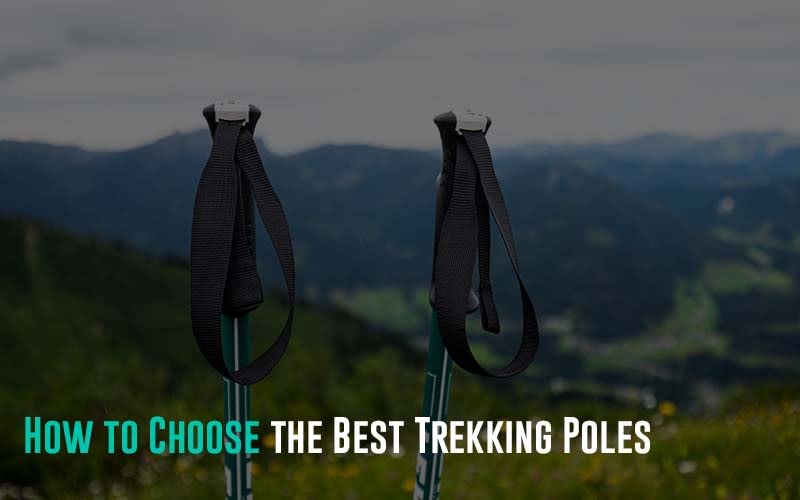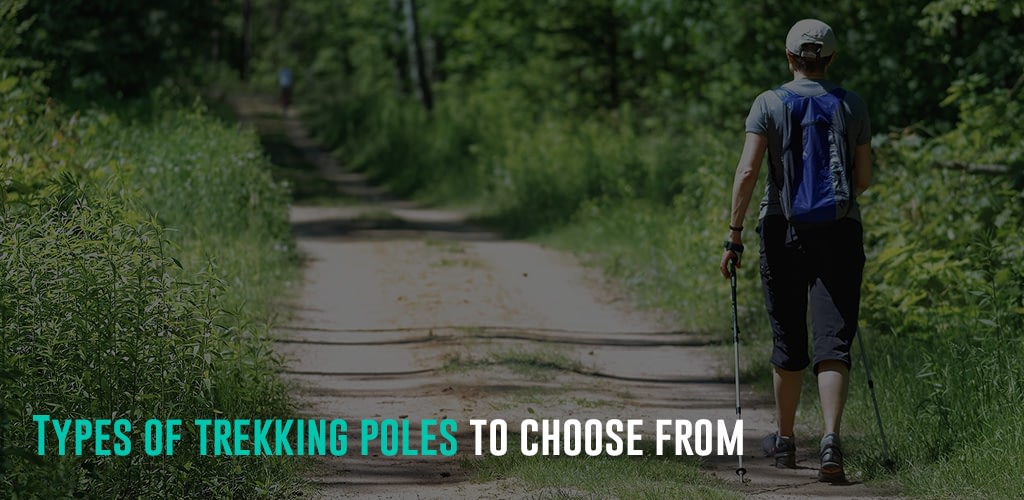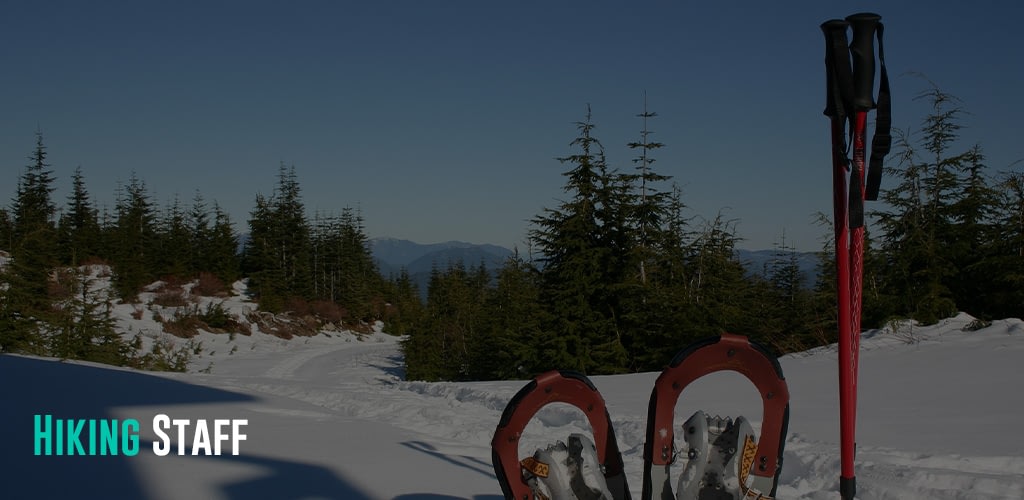So, you’re going on a trek soon. That’s great! Trekking helps you know things about yourself that may have been hidden. When pushed to the breaking point, you’ll discover what type of person you are and experience an unforgettable communion with the Earth, wholly untamed and wild. But before we get ahead of ourselves, we must remember that the trick to a successful trek – where you can genuinely enjoy the trek – lies in the accessories you take along with you.
Certain trekking accessories can reduce the strain of trekking and allow you to enjoy the sights. One trekking accessory we’ll be discussing today is the trekking pole. Let’s start and explore how to choose the best trekking poles for your treks.
Featured Image Source
Types of trekking poles to choose from
Conventional trekking pole
A conventional trekking pole is an accessory to support trekkers walking across steep, undulating terrain. They are designed to stabilize during trekking and have numerous features that help shock absorption, anti-slipping, etc. Some trek poles come individually, while others come in pairs. Trekking poles are often multi-terrain, perfect for dry, wet, and snowy trails.
Hiking Staff
A hiking staff is a more straightforward type of trekking pole. It is usually sold individually. The hiking staff has minimal features and is designed for use on flat terrain or trek routes with gentle ascents and descents.
Which to choose – hiking staff or trekking pole?
Right off the bat, we say stick to the conventional trekking pole. This is because most trek routes do not have a completely flat terrain. Therefore, choosing a hiking staff could become unusable and lead to injuries due to incorrect handling during the trek.
Tips to follow when buying your new trekking poles
When it comes to selecting a trekking pole, most new trekkers aren’t sure what type of trekking pole to select. What features does the pole need to have?
To help you, we’ve offered a couple of tips that you should consider and follow –
1. Find out what the terrain is going to be like
The terrain you intend to trek on will decide what type of trekking pole you’ll need. First, learn from your trek leader how steep the ascents and descents are. Next, ask them if the trail will be consistently dry/wet/snowed or if the terrain will change. A conventional trekking pole will be perfect since most trekking poles come with different tips and baskets for dry and muddy/snowy terrain. These tips and baskets will help you walk on different terrains.
2. Calculate what length pole you’ll need based on your height and girth
As a rule, when using your trekking pole, remember to hold it at a height that will ensure your elbows and arms are at a 90-degree angle to your body. Of course, this 90-degree angle will change depending on ascending, descending, or climbing across boulders. To achieve this angle, your pole needs to be height-adjustable. Additionally, the pole length must be compatible with your height.
We’d recommend choosing the following length adjustable trekking poles:
- Under 5ft in height – Pole of 39 inches.
- 5ft 1 inch – 5ft 7 inches in height – Pole of 43 inches.
- 5ft 8 inch – 5ft 11 inches in height – Pole of 47 inches.
- 6ft and above – Pole of 51 inches.
3. Choose a material that can handle the weight put on the pole
The next thing to consider is the weight-bearing capacity of the trekking pole. While your pole can’t bear high weights, it should support your body mass as you trek. Plus, as the day wears on and you get tired, you’ll start putting more weight on your trek pole. Again, the pole should be able to handle this. Additionally, while doing so, the pole shouldn’t become too heavy to carry and shouldn’t bend or break.
You typically get trekking poles in two materials –
Aluminum
Aluminum poles are lightweight and high in quality. They are 18-22 ounces typically and are perfect for mild to moderate trek routes. However, it’s been observed that aluminum poles bend when experiencing high stress.
Composite
Composite poles are much lighter than aluminum, weighing 12 and 18 ounces. Plus, they are very hardy and easy to carry. Unfortunately, they, too, break under high pressure. However, unlike aluminum poles, they are highly flexible and can bend easily, snapping back into shape quickly.
4. Narrow down on must-have features for your trekking pole
While every trekking pole has certain features – such as height adjustability, different tips and baskets, and even foldable settings – other features are brand-specific. For example, you’ll need to decide if you want your pole to have a phone/camera mount. Or if you want your pole to have a lock – and if yes, what type of lock – to secure it to your bag when you travel.
You also need to check on the shock absorbency level of your pole. Finally, you must also check the pole’s type of pole grips and wrist straps – and if it will chafe you throughout the trek.
All of this will help you understand how helpful your trekking pole is.
5. Determine how often you might use the trekking pole (and for what proposes)
Finally, decide how often you plan to trek and how you want to use the trekking pole outside of trekking. If you love trekking and plan to go often, getting a pole with all the features is the best choice. That way, it will be durable. Remember that trekking poles can also be used during long runs, walks, or other bouldering activities. Having a sturdy and dependable trek pole brand will be of great help.
Start planning your trip now with Travel-Wise’s free trip-planning tools to have you on your way to your destination faster than ever!





